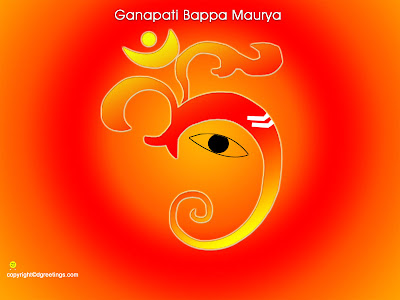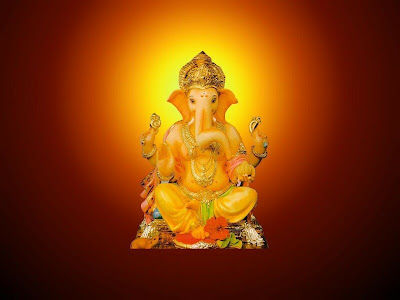
A Wolseley Hat (many variations are available in eBay)

Harry S. Truman's hat

This hat is an exhibit of the Methodist Board of Archive and History in Sibu. The late Rev. James Hoover who served in Sibu for more than 35 years wore a similar safari or sola topi as a protection from the sun. His solar hat or pith helmet was brought over from the United States as it was a proper and popular tropical attire then. Most foreign missionaries would have worn one. It was also worn by Harry S. Truman and many others in the 1920's.
Besides the late Rev James Hoover many other Chinese businessmen and Foochow community leaders also developed a liking for this kind of hat. According to Sibu Oral Tradition the father of Tan Sri Dr. Wong Soon Kai was even given a nick name "Bah Tou Bing" referring to his interest in sporting such a white helmet. Although honestly I have never seen a photo of this remarkable man wearing a helmet.
Bah Tou Bing is the Foochow term for this hat. My own grandfather also worn one and he kept it very well for a long time even after it became sort of out of fashion in Sibu.
Today a more adventurous version is worn by hunters in Africa and parts of Asia. The Philippines has several companies manufacturing it as a tourist souvenir. Recently I also bought one for old times' sake.
The pith helmet (also known as the safari helmet, sun helmet, topee, sola topee, salacot or topi) is a lightweight helmet made of cork or pith, typically from the sola (Indian swamp growth, Aeschynomene aspera or A. paludosa) or a similar plant [1], with a cloth cover, designed to shade the wearer's head from the sun. Pith helmets were once much worn by Westerners in the tropics; today they are most frequently used in Vietnam.[citation needed] (The forms solar topee and solar topi are folk etymology—the name comes from sola, and is not etymologically connected with the sun in any way.)
In British history the British Royal Marines wore "Wolseley" helmets. While crude forms of pith helmets had existed as early as the 1840s, it was around 1870 that the pith helmet became popular with military personnel in Europe's tropical colonies. The Franco-Prussian War had popularized the German Pickelhaube, which may have influenced the definitive design of the pith helmet.
British diplomats in tropical postings, Governors General, Governors and colonial officials continued to wear the traditional white helmets as part of their ceremonial white uniforms until the practice died out during the 1970s and '80s. The ceremonies marking the end of British rule in Hong Kong in 1997 were probably the last occasion on which this style of headdress was seen as a symbol of Empire.
The wild game hunter character Van Pelt wore a spiked pith helmet in Jumanji.
Source: Wikipedia.
(NB I may have to further check the word "sola" which might not be related to solar at all...stay tuned)





















 Rihanna
Rihanna Rihanna
Rihanna Rihanna
Rihanna Hannah Montana
Hannah Montana Hannah Montana
Hannah Montana Hannah Montana
Hannah Montana Hannah Montana
Hannah Montana Paris Hilton
Paris Hilton Paris Hilton
Paris Hilton Paris Hilton
Paris Hilton Paris Hilton
Paris Hilton






























